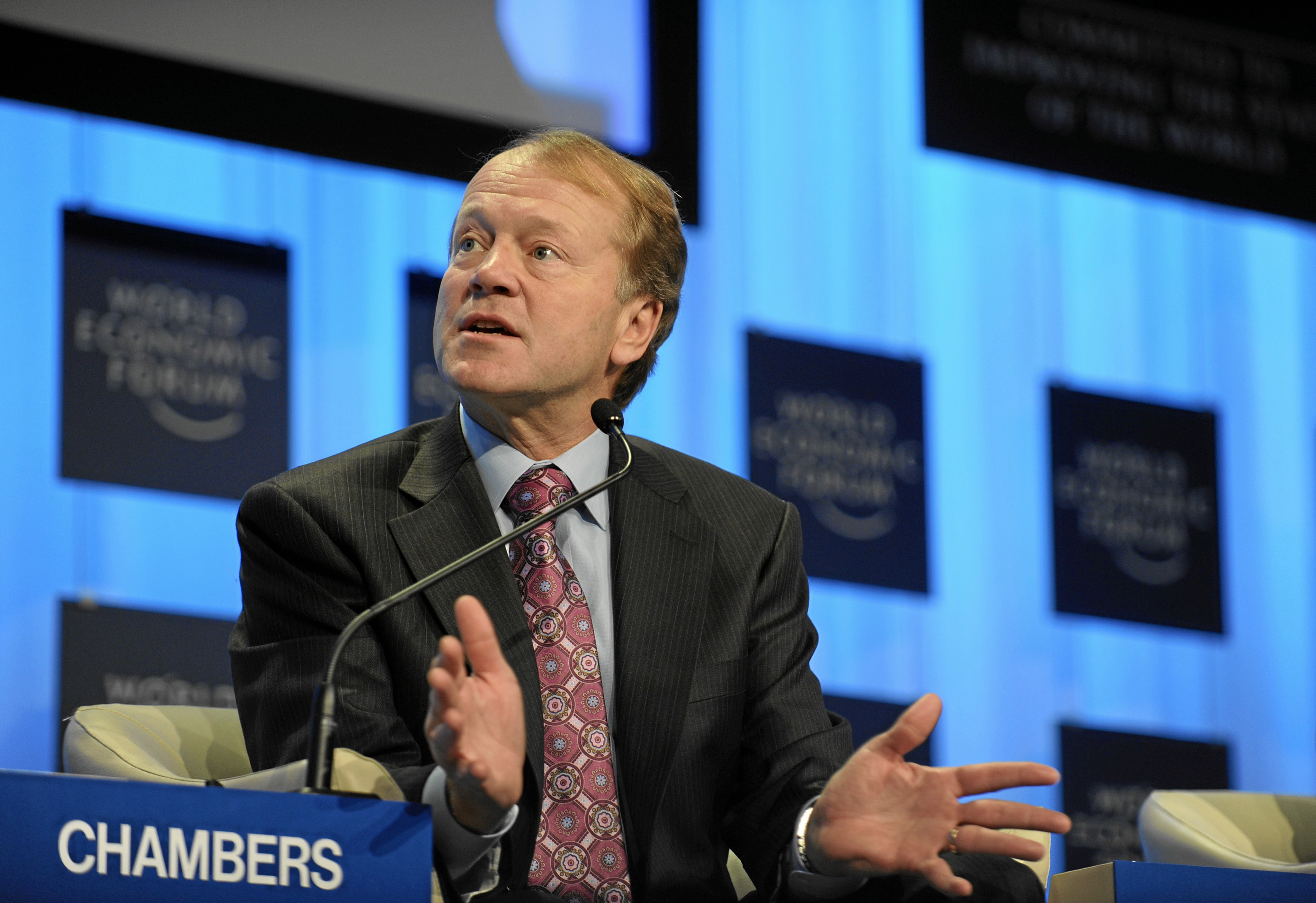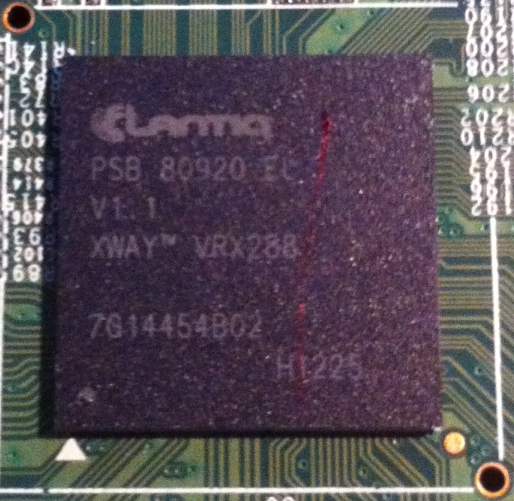|
Ethernet In The First Mile
Ethernet in the first mile (EFM) refers to using one of the Ethernet family of computer network technologies between a telecommunications company and a customer's premises. From the customer's point of view, it is their first mile, although from the access network's point of view it is known as the last mile. A working group of the Institute of Electrical and Electronics Engineers (IEEE) produced the standards known as IEEE 802.3ah-2004, which were later included in the overall standard IEEE 802.3-2008. EFM is often used in active optical network deployments. Although it is often used for businesses, it can also be known as Ethernet to the home (ETTH). One family of standards known as Ethernet passive optical network (EPON) uses a passive optical network. History With wide, metro, and local area networks using various forms of Ethernet, the goal was to eliminate non-native transport such as Ethernet over Asynchronous Transfer Mode (ATM) from access networks. One early effor ... [...More Info...] [...Related Items...] OR: [Wikipedia] [Google] [Baidu] |
Mbit/s
In telecommunications, data transfer rate is the average number of bits (bitrate), characters or symbols (baudrate), or data blocks per unit time passing through a communication link in a data-transmission system. Common data rate units are multiples of bits per second (bit/s) and bytes per second (B/s). For example, the data rates of modern residential high-speed Internet connections are commonly expressed in megabits per second (Mbit/s). Standards for unit symbols and prefixes Unit symbol The International System of Quantities, ISQ symbols for the bit and byte are ''bit'' and ''B'', respectively. In the context of data-rate units, one byte consists of 8 bits, and is synonymous with the unit Octet (computing), octet. The abbreviation bps is often used to mean bit/s, so that when a ''1 Mbps'' connection is advertised, it usually means that the maximum achievable bandwidth is 1 Mbit/s (one million bits per second), which is 0.125 MB/s (megabyte per second), or ... [...More Info...] [...Related Items...] OR: [Wikipedia] [Google] [Baidu] |
Cisco Systems
Cisco Systems, Inc. (using the trademark Cisco) is an American multinational corporation, multinational digital communications technology conglomerate (company), conglomerate corporation headquartered in San Jose, California. Cisco develops, manufactures, and sells networking hardware, software, telecommunications equipment and other high-technology services and products. Cisco specializes in specific tech markets, such as the Internet of things (IoT), internet domain, domain security, videoconferencing, and energy management with List of Cisco products, products including Webex, OpenDNS, XMPP, Jabber, Duo Security, Silicon One, and Cisco Jasper, Jasper. Cisco Systems was founded in December 1984 by Leonard Bosack and Sandy Lerner, two Stanford University computer scientists who had been instrumental in connecting computers at Stanford. They pioneered the concept of a local area network (LAN) being used to connect distant computers over a multiprotocol router (computing), route ... [...More Info...] [...Related Items...] OR: [Wikipedia] [Google] [Baidu] |
Long Reach Ethernet
Long Reach Ethernet (LRE) was a proprietary networking protocol marketed by Cisco Systems, intended to support multi-megabit (5 to 15 Mbit/s) performance over telephone-grade unshielded twisted pair wiring over distances up to 5,000 feet (1.5 km). Supporting such distance ranges, LRE is technically classified as a Metropolitan area network (MAN) technology. Technically the protocol was similar to very-high-bitrate digital subscriber line (VDSL), practically Ethernet over VDSL (EoVDSL). The technology was sometimes considered an example of Ethernet in the first mile (EFM). Several networking vendors offered compatible networking hardware, but the technology became obsolete. Description Like standard VDSL, LRE allowed existing telephone wiring that connects an organization's offices to be used to network those offices together using standard Ethernet protocol without incurring the huge cost of deploying fiber-optic cable or limiting organizations to the bandwidth provi ... [...More Info...] [...Related Items...] OR: [Wikipedia] [Google] [Baidu] |
Very-high-bit-rate Digital Subscriber Line
Very high-speed digital subscriber line (VDSL) and very high-speed digital subscriber line 2 (VDSL2) are digital subscriber line (DSL) technologies providing data transmission faster than the earlier standards of asymmetric digital subscriber line (ADSL) G.992.1, G.992.3 (ADSL2) and G.992.5 (ADSL2+). VDSL offers speeds of up to 52 Mbit/s downstream and 16 Mbit/s upstream, over a single twisted pair of copper wires using the frequency band from 25 kHz to 12 MHz. These rates mean that VDSL is capable of supporting applications such as high-definition television, as well as telephone services (voice over IP) and general Internet access, over a single connection. VDSL is deployed over existing wiring used for analog telephone service and lower-speed DSL connections. This standard was approved by the International Telecommunication Union (ITU) in November 2001. Second-generation systems (VDSL2; ITU-T G.993.2 approved in February 2006) use frequencies of up ... [...More Info...] [...Related Items...] OR: [Wikipedia] [Google] [Baidu] |
Passband
A passband is the range of frequency, frequencies or wavelengths that can pass through a Filter (signal processing), filter. For example, a radio receiver contains a bandpass filter to select the frequency of the desired radio signal out of all the radio waves picked up by its antenna. The passband of a receiver is the range of frequencies it can receive when it is tuned into the desired frequency as in a radio station or television channel. A band-pass filter, bandpass-filtered signal (that is, a signal with energy only in a passband), is known as a bandpass signal, in contrast to a baseband signal. The bandpass filter usually has two stopband, band-stop filters. Filters In telecommunications, optics, and acoustics, a passband (a band-pass filtered signal) is the portion of the frequency spectrum that is transmitted (with minimum relative loss or maximum relative Gain (electronics), gain) by some filtering device. In other words, it is a ''band'' of frequencies which ''pa ... [...More Info...] [...Related Items...] OR: [Wikipedia] [Google] [Baidu] |
Baseband
In telecommunications and signal processing, baseband is the range of frequencies occupied by a signal that has not been modulated to higher frequencies. Baseband signals typically originate from transducers, converting some other variable into an electrical signal. For example, the electronic output of a microphone is a baseband signal that is analogous to the applied voice audio. In conventional analog radio broadcasting, the baseband audio signal is used to modulate an RF carrier signal of a much higher frequency. A baseband signal may have frequency components going all the way down to the DC bias, or at least it will have a high ratio bandwidth. A modulated baseband signal is called a passband signal. This occupies a higher range of frequencies and has a lower ratio and fractional bandwidth. Various uses Baseband signal A ''baseband signal'' or ''lowpass signal'' is a signal that can include frequencies that are very near zero, by comparison with its highest ... [...More Info...] [...Related Items...] OR: [Wikipedia] [Google] [Baidu] |
Infineon Technologies
Infineon Semiconductor solutions is the largest microcontroller manufacturer in the world, as well as Germany's largest semiconductor manufacturer. It is also the leading automotive semiconductor manufacturer globally. Infineon had roughly 58,000 employees in 2024 and is one of the ten largest semiconductor manufacturers worldwide. The company was spun-off from Siemens AG in 1999. In 2024 the company achieved sales of approximately €15 billion. Markets Infineon markets semiconductors and systems for automotive, industrial, and multimarket sectors, as well as chip card and security products. Infineon has subsidiaries in the US in Milpitas, California and in the Asia-Pacific region, in Singapore, and Tokyo. Infineon has a number of facilities in Europe, one in Dresden, Germany. Infineon's high power segment is in Warstein, Germany; Villach, Graz and Linz in Austria; Cegléd in Hungary; and Italy. It also operates R&D centers in France, Singapore, Romania, Taiwan, U ... [...More Info...] [...Related Items...] OR: [Wikipedia] [Google] [Baidu] |
10BaseS
Long Reach Ethernet (LRE) was a proprietary networking protocol marketed by Cisco Systems, intended to support multi-megabit (5 to 15 Mbit/s) performance over telephone-grade unshielded twisted pair wiring over distances up to 5,000 feet (1.5 km). Supporting such distance ranges, LRE is technically classified as a Metropolitan area network (MAN) technology. Technically the protocol was similar to very-high-bitrate digital subscriber line (VDSL), practically Ethernet over VDSL (EoVDSL). The technology was sometimes considered an example of Ethernet in the first mile (EFM). Several networking vendors offered compatible networking hardware, but the technology became obsolete. Description Like standard VDSL, LRE allowed existing telephone wiring that connects an organization's offices to be used to network those offices together using standard Ethernet protocol without incurring the huge cost of deploying fiber-optic cable or limiting organizations to the bandwidth provi ... [...More Info...] [...Related Items...] OR: [Wikipedia] [Google] [Baidu] |
Fiber To The Home
Fiber to the ''x'' (FTTX; also spelled "fibre") or fiber in the loop is a generic term for any broadband network architecture using optical fiber to provide all or part of the local loop used for last mile telecommunications. As fiber optic cables are able to carry much more data than copper cables, especially over long distances, copper telephone networks built in the 20th century are being replaced by fiber. The carrier equipment for FTTx is often housed in a "fiber hut", point of presence or central office. FTTX is a generalization for several configurations of fiber deployment, arranged into two groups: FTTP/FTTH/FTTB (fiber laid all the way to the premises/home/building) and FTTC/N (fiber laid to the cabinet/node, with copper wires completing the connection). Residential areas already served by balanced pair distribution plant call for a trade-off between cost and capacity. The closer the fiber head, the higher the cost of construction and the higher the channel capac ... [...More Info...] [...Related Items...] OR: [Wikipedia] [Google] [Baidu] |
Fiber-optic Communication
Fiber-optic communication is a form of optical communication for transmitting information from one place to another by sending pulses of infrared or visible light through an optical fiber. The light is a form of carrier wave that is modulated to carry information. Fiber is preferred over electrical cabling when high bandwidth, long distance, or immunity to electromagnetic interference is required. This type of communication can transmit voice, video, and telemetry through local area networks or across long distances. Optical fiber is used by many telecommunications companies to transmit telephone signals, internet communication, and cable television signals. Researchers at Bell Labs have reached a record bandwidth–distance product of over kilometers per second using fiber-optic communication. Background First developed in the 1970s, fiber-optics have revolutionized the telecommunications industry and have played a major role in the advent of the Information Age. ... [...More Info...] [...Related Items...] OR: [Wikipedia] [Google] [Baidu] |
Michael Silverton
Michael Silverton is an American computer scientist. Biography Silverton built the first all-optical Ethernet in the first mile networks in Palo Alto, California in 1999 to 2000, as the result of research and work that first began in 1991 in Phoenix, Arizona. Fiberhood Networks, Inc, a Silicon Valley company championed by Silverton, and co-founded Sinuhe Hardegree and Jonathan Usuka, along with Christopher Lein, Chris Minchberg, Keith Cooley, and Joe Villareal, failed financially, but the engineering success and ensuing industry enthusiasm from the likes of Pirelli, Corning, France Telecom, Telstra, SBC Communications, and industry standards groups like the IEEE, all validated a proof of concept for this first field-operational implementation of its kind. The Information superhighway term was used in the National Information Infrastructure effort of the 1990s. Silverton's 1997 Stanford University thesis described an "Information Superdriveway", extending early analogies of "intern ... [...More Info...] [...Related Items...] OR: [Wikipedia] [Google] [Baidu] |



